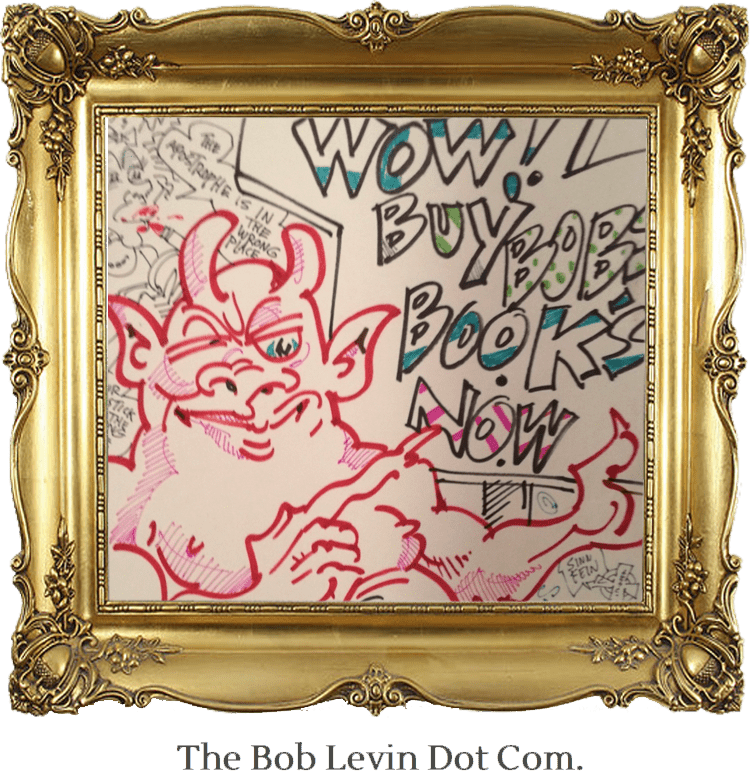In order of completion:
1. Lawrence Weschler. “Seeing is Forgetting the Name of the Thing One Sees.” When a nephew asked me to recommend a book which had been important to me, I named this for its influence on how I view the world. I had read it when it was a “New Yorker” article, then three times in book form over a decade or so. This expanded edition contains Weschler’s writings about Irwin after the first one came out.
2. Muriel Spark. “Memento Mori.” I read this after it appeared on a Best 100 Novels of the 20th Century list. I couldn’t remember anything but that I enjoyed it, and since I was getting into Spark (See previous “Last”), I read it again. Wonderful macabre humor, primarily among octogenarians. Death lurks, natural and un-. Deep, entertaining and philosophically sound.
3. Han Kang. “Greek Lessons.” Of the Kang four novels I have read, this story of a mute woman and a nearly blind man, comes closest to a happy ending. It is not easy to get there, however. You have to keep your mind alert and, maybe, your fingers flipping back pages to keep clear on whom you re reading about and where they are and when.
4. Muriel Spark. “Not to Disturb.” An odd little book. Again, humorous and macabre. Five people end up dead, all off-screen, in less than 100 pages. All the action is related basically through dialogue. A minor contribution to the author’s oeuvre but a fetching one.
5. Muriel Spark. “Symposium.” This time the characters assemble around a dinner table. Subsequent scenes establish what has occurred earlier in time, establishing relationships, and other scenes occur later, advancing them. Conviviality and criminality combine.
6. Lawrence Weschler. “True to Life.” While Weschler was writing about Irwin (See above), he became engaged with David Hockney. Thirty years of their meetings and conversations are reported in this volume. I found neither Hockney’s ideas, nor his person, as engaging as Irwin’s, and this one I won’t re-read. Others may differ.
7. Muriel Spark. “The Girls of Slender Means.” An early work. (I think my mother read it.) Set in a residence hotel for single women in 1945. A Chekhovian “gun” is hung unobtrusively on the wall early on, but is easily passed over, and by the time it fires, the number of victims is in doubt. Amusing characters and amusing lives throughout.
8. Joe Sacco. “Palestine.” A graphic (comix) account of Sacco’s visit during the first infitada and much better than I had expected it to be. It is deservedly sympathetic to the Palestinians but not entirely so, and, to a lesser degree, an Israeli POV is represented. The conclusion, expressed by one Israeli, that there is little hope as long as mad men control both societies, makes sense to me and seems borne out by subsequent events.
9. Rodrigo Fresan. “Melvill.” Recommended by my pal and co-conspirator Milo. (The footnotes reminded him of me.) Deep stuff, deserving a second reading, but not now. A “novel” about Herman Melville and his dad, fathers and sons, life and death, fiction and reality. It would have helped if I knew more about Herman going into it.
10. Alan Goldfein. “Friendship’s Friendships.” A 750-page biographical novel by an 85-year-old café friend, which takes “Al” from adolescence into his 30s. It would have benefitted greatly from editing and fact checking (Cole Porter had nothing to do with “Guys and Dolls” and Big Daddy Lipscomb did not play offense) but is tremendously impressive. Alan has been writing professionally for a long time, and he has put a lot into this, much of which may have actually occurred: life in Hollywood and Germany; stints in jail and mental hospital; relationships with men and women, experiences with sports and jazz. He studs his account with everyone from Foucault and Chomsky to Dean Martin and Pee Wee Herman and has opinions – usually negative – about it all.
